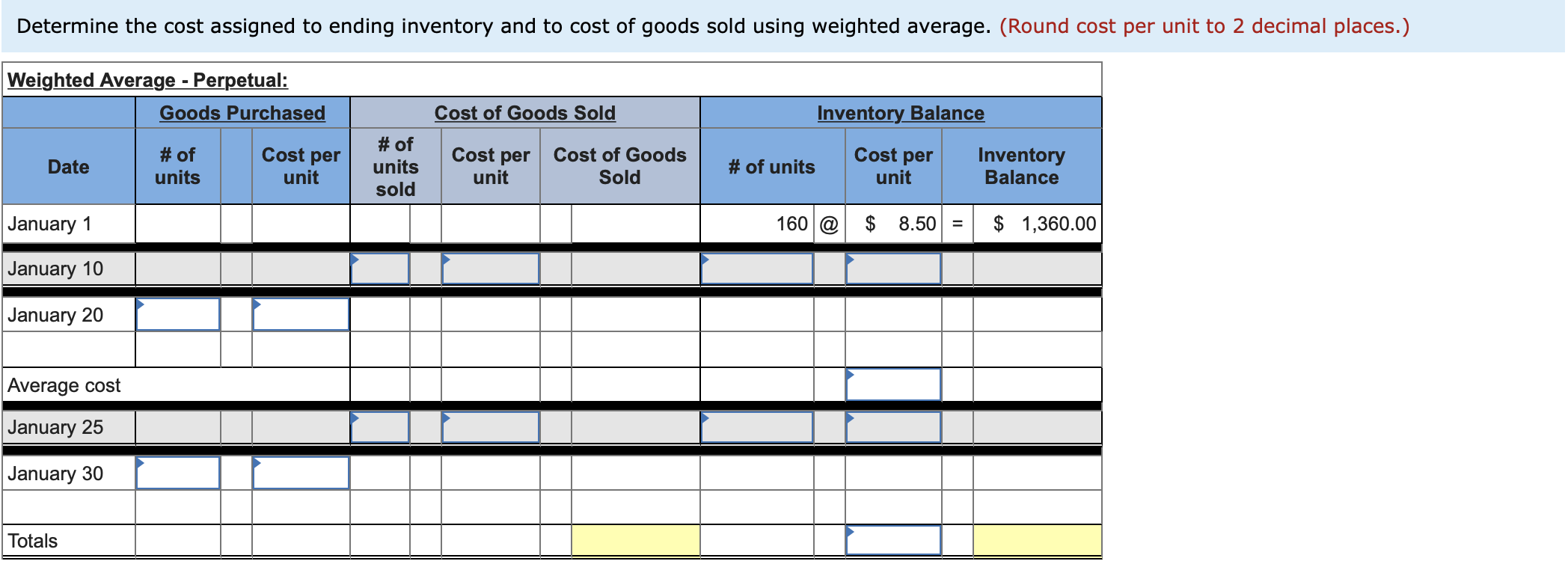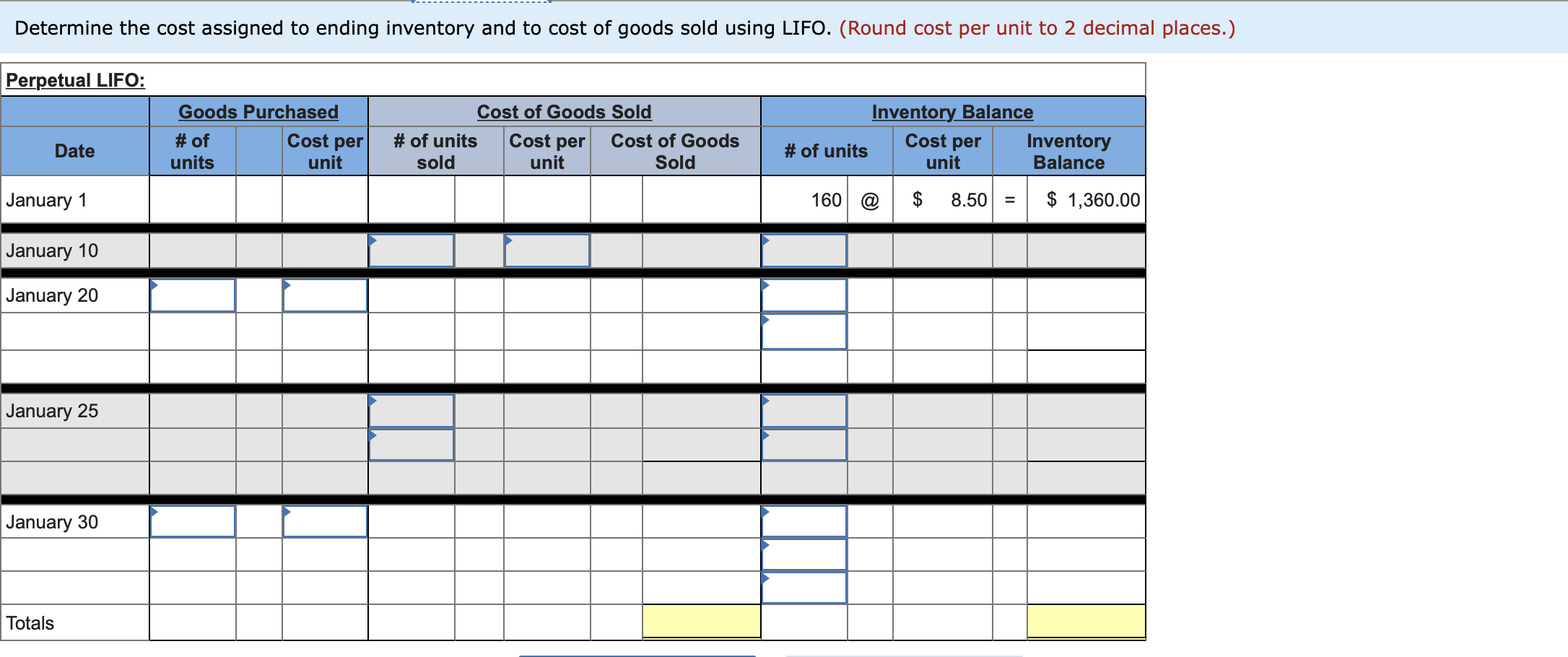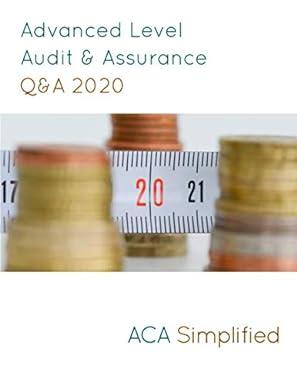




Required information [The following information applies to the questions displayed below.] Laker Company reported the following January purchases and sales data for its only product. Units sold at Retail Units Acquired at Cost 160 units@ $8.50 = $1,360 120 units @ $17.50 Date Activities Jan. 1 Beginning inventory Jan. 10 Sales Jan. 20 Purchase Jan. 25 Sales Jan. 30 Purchase 100 units@ $7.50 = 750 120 units @ $17.50 220 units@ $7.00 = 480 units 1,540 $3,650 Totals 240 units The Company uses a perpetual inventory system. For specific identification, ending inventory consists of 240 units, where 220 are from the January 30 purchase, 5 are from the January 20 purchase, and 15 are from beginning inventory. Required: 1. Complete the table to determine the cost assigned to ending inventory and cost of goods sold using specific identification. 2. Determine the cost assigned to ending inventory and to cost of goods sold using weighted average. 3. Determine the cost assigned to ending inventory and to cost of goods sold using FIFO. 4. Determine the cost assigned to ending inventory and to cost of goods sold using LIFO. Required 1 Required 2 Required 3 Required 4 Complete the table to determine the cost assigned to ending inventory and cost of goods sold using specific identification. (Round cost per unit to 2 decimal places.) Specific Identification Available for Sale Cost of Goods Sold Ending Purchase Date Ending Inventory Ending Cost Per Inventory- Cost Activity Unit Cost Units Units Sold Unit Cost COGS Inventory. Unit Units Beginning inventory Jan. 1 Jan. 20 Purchase 160 100 220 480 $ 8.50 $ 7.50 $ 7.00 Jan. 30 Purchase Determine the cost assigned to ending inventory and to cost of goods sold using weighted average. (Round cost per unit to 2 decimal places.) Weighted Average - Perpetual: Cost of Goods Sold Inventory Balance Goods Purchased # of Cost per units Date # of units sold Cost per Cost of Goods unit Sold # of units Cost per unit Inventory Balance unit January 1 160 @ $ 8.50 = $ 1,360.00 January 10 January 20 Average cost January 25 January 30 Totals Determine the cost assigned to ending inventory and to cost of goods sold using FIFO. (Round cost per unit to 2 decimal places.) Perpetual FIFO: Inventory Balance Goods Purchased # of Cost per units unit Cost of Goods Sold # of units Cost per Cost of Goods sold unit Sold Date # of units Cost per unit Inventory Balance January 1 160 @ $ 8.50 = $ 1,360.00 January 10 January 20 January 25 l January 30 Totals Determine the cost assigned to ending inventory and to cost of goods sold using LIFO. (Round cost per unit to 2 decimal places.) Perpetual LIFO: Goods Purchased # of Cost per units unit Cost of Goods Sold # of units Cost per Cost of Goods sold unit Sold Inventory Balance # of units Cost per Inventory unit Balance Date January 1 160 @ $ 8.50 = $ 1,360.00 January 10 January 20 January 25 January 30 Totals











